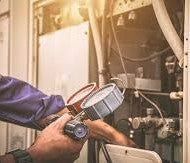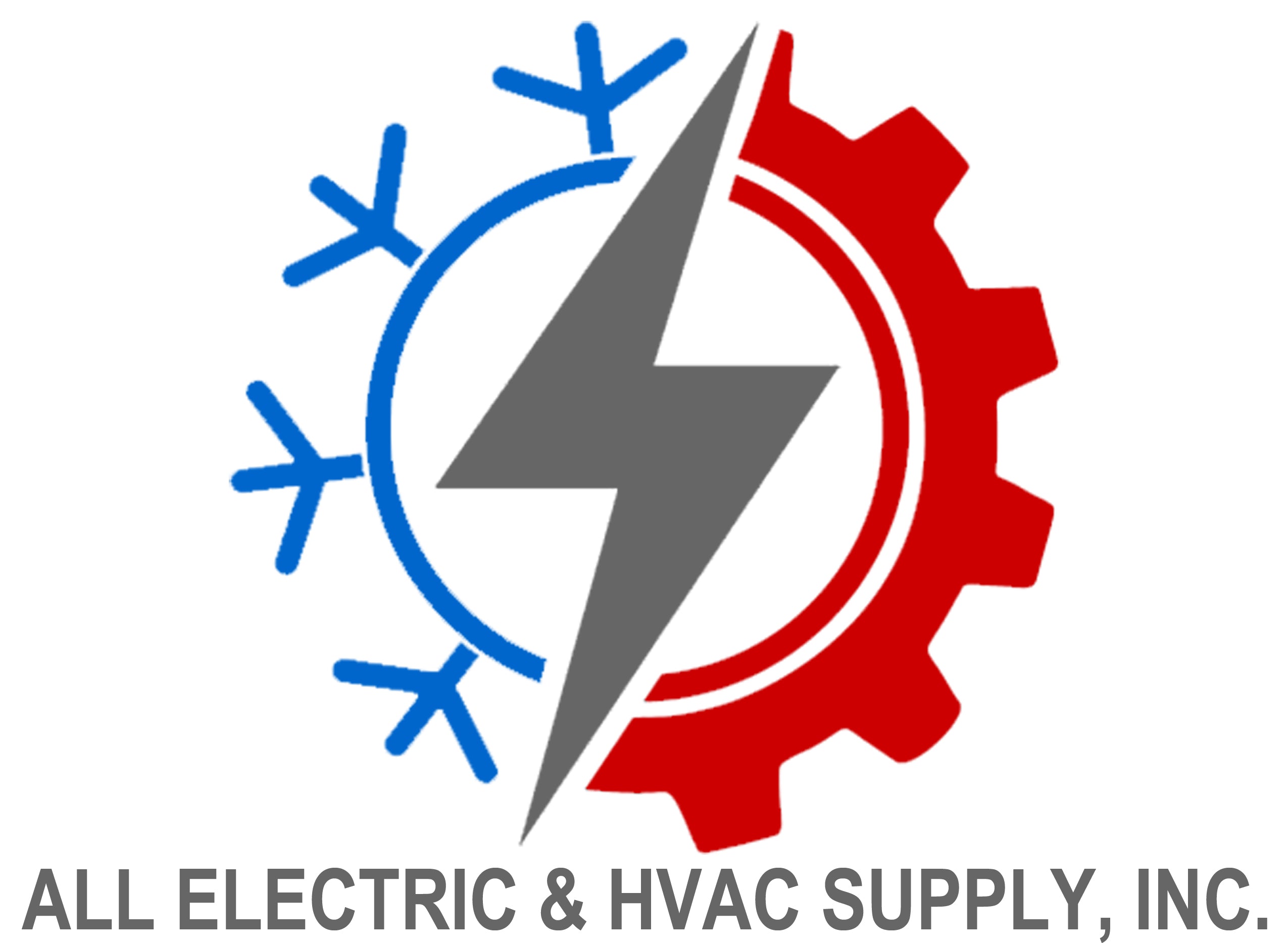Maintenance Subscription
Maintenance Subscription
Regular price
$0.00 USD
Regular price
Sale price
$0.00 USD
Unit price
per
Couldn't load pickup availability
1. Turn Off the Power
- Always turn off the power to the system before performing any maintenance. This ensures safety while you're working on the system.
2. Replace or Clean the Air Filters
- Dirty filters reduce efficiency and can cause system strain. Replace or clean the filters every 1-3 months, depending on usage and the type of filter.
3. Inspect and Clean Coils
- Evaporator Coil: Check the evaporator coil for dirt buildup and clean it if necessary.
- Condenser Coil: Similarly, check the condenser coil for dirt and debris and clean it using a soft brush or coil cleaner.
4. Check the Refrigerant Levels
- Low refrigerant levels can cause the system to overheat and perform inefficiently. If you're not familiar with refrigerant handling, it’s best to hire a professional to inspect and refill it.
5. Inspect the Ductwork
- Look for any visible leaks or blockages in your ductwork. Leaky ducts can reduce efficiency and increase energy costs. Seal any gaps or cracks with duct tape or mastic sealant.
6. Check the Thermostat
- Ensure that your thermostat is calibrated correctly. It may need new batteries or even recalibration to provide accurate readings.
7. Clean the Blower and Blower Components
- Dust and debris can build up on the blower fan and cause noise or inefficient air circulation. Use a vacuum or brush to clean the blower, and inspect the blades for any damage.
8. Inspect the Condensate Drain
- Make sure the condensate drain is not clogged to prevent water damage or the growth of mold. Clear any debris or buildup in the drain line.
9. Lubricate Moving Parts
- Parts like the fan and motor bearings may need lubrication to prevent wear and tear. Use the recommended lubricant for the specific parts.
10. Inspect the Insulation
- Check the insulation around ducts, pipes, and the system itself to ensure it’s in good condition. Poor insulation can cause heat loss and reduce efficiency.
11. Check System Function
- Turn the system on and check for any strange noises, smells, or issues. Pay attention to how it runs and if it’s cooling or heating as expected.
12. Schedule Professional Inspections
- While regular DIY maintenance is important, it's also a good idea to have a professional HVAC technician inspect the system annually. They can identify potential problems early and ensure everything is running at peak efficiency.
Regular maintenance can save on energy costs, reduce the likelihood of system breakdowns, and keep your home comfortable year-round! Would you like more detailed advice on any of these steps?
Materials
Materials
Shipping & Returns
Shipping & Returns
Dimensions
Dimensions
10
Care Instructions
Care Instructions


